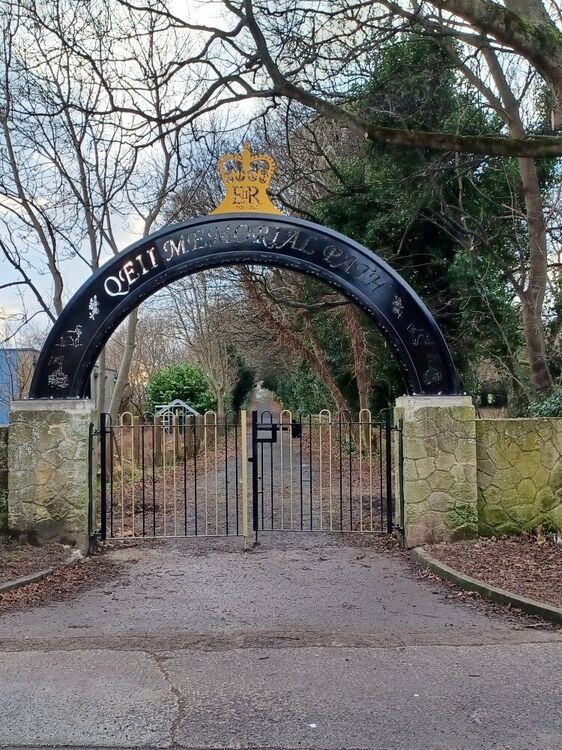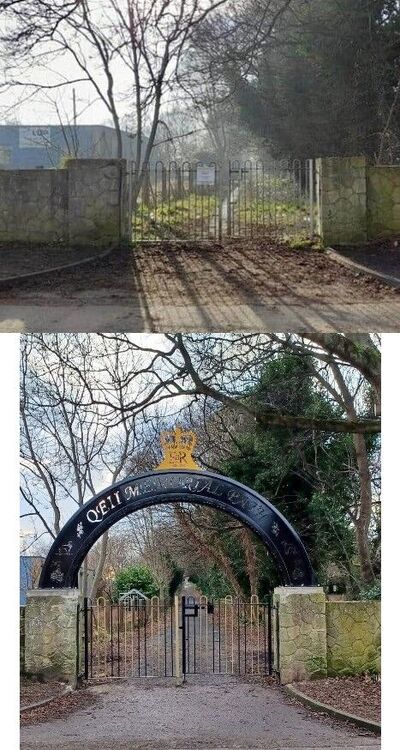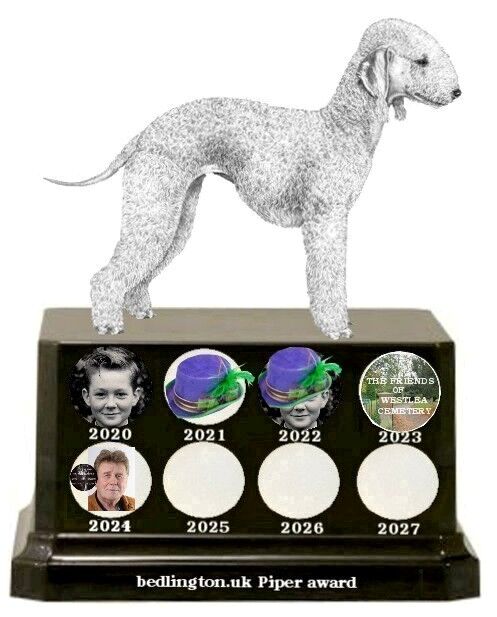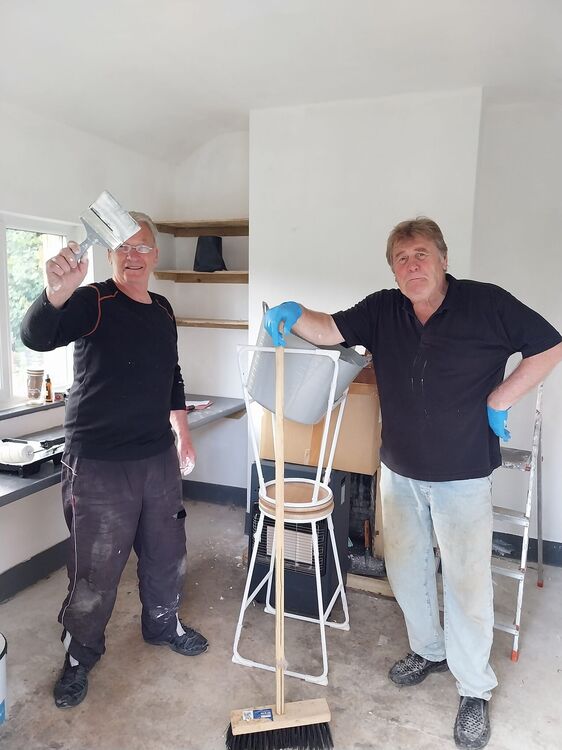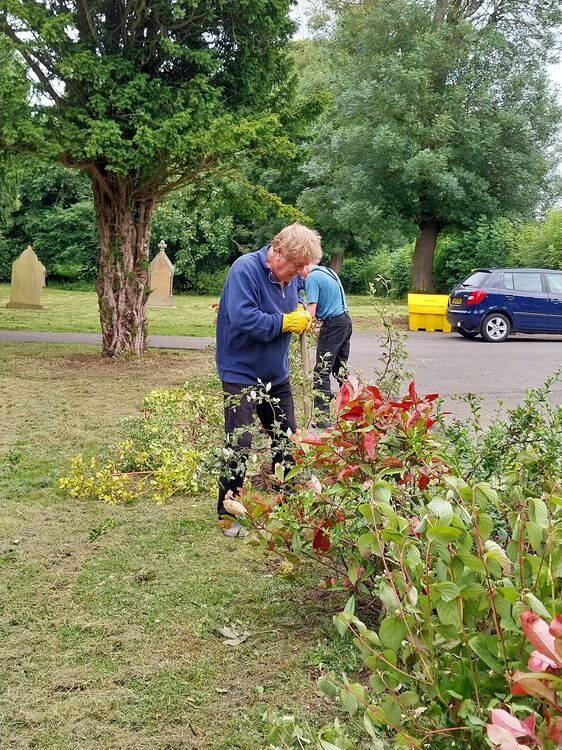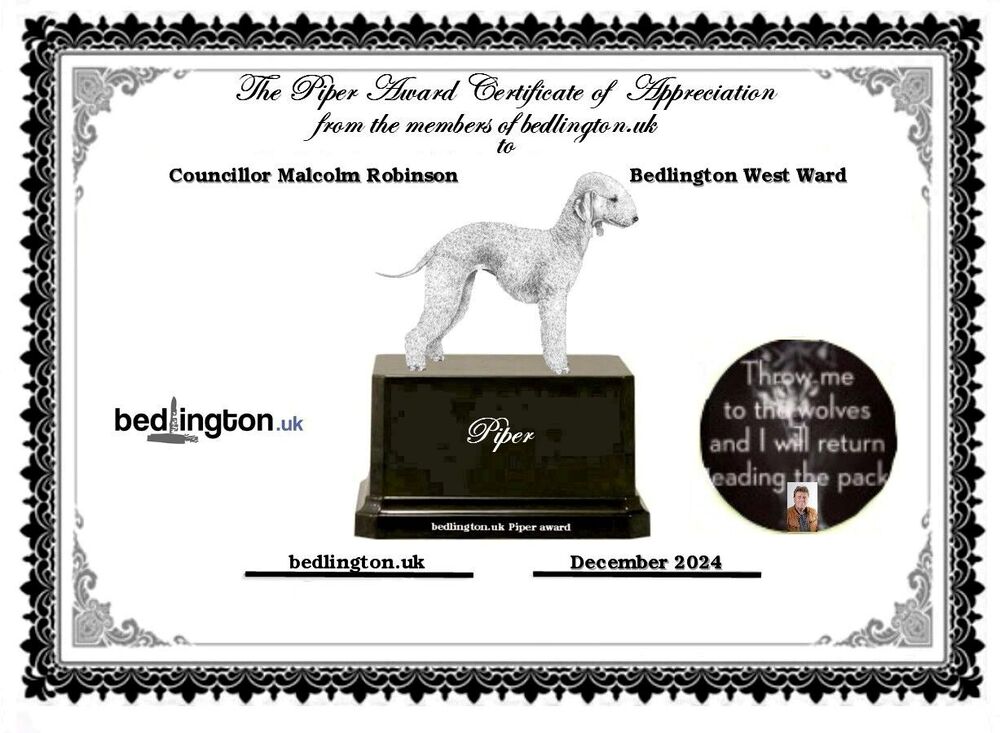Contributor Leaderboard
Popular Content
Showing content with the highest reputation since 12/11/24 in Posts
-
Billy Mcglen was my Grandad. I often (on what would have been his birthday) Google his name. This year I came across your post. It's nice to think he is so well remembered.4 points
-
4 points
-
4 points
-
4 points
-
4 points
-
4 points
-
Malcolm Robinson Bedlington West Ward. I’ve been told I need to expand and better explain my post about the proposed project at West Lea. (Well that makes a change from people saying I’m too verbose!) The project I’m promoting, and have been for some years now, is to see a multifunctional facility at West Lea, next to the cemetery. We need a community centre and we need some sporting facilities so why not get them both in one hit, because in all likelihood we will only get one chance at this. That’s why there are questions in the survey about both sports usage and community usage. I’m also keen to see some SEND provision so that’s why that is in too! Also outside I want the full sized pitch restored to level and with drainage, which will help with, or give access for, some drainage for the path. Beyond that two junior pitches installed. With new changing rooms etc. in the new building this will be the best pitch in Bedlington and have decent facilities for our youngsters coming through. I’ve identified a funding route and have a small group of people who are willing to manage it, namely the Bedlingtonshire Development Trust. They have even agreed to do the training necessary so NCC will consider them suitable. Big thanks to each and every one of them for their commitment! I asked a month or two ago for some ‘likes’ to a post I put out about this in an effort to gauge some public support. What came back was about double what NCC get to their consultations and that enabled me to silence the NCC doubters and press through onto the next level. This time it’s a full feasibility study because we have to prove it’s needed, wanted and sustainable. That will be based off the replies to the survey and that’s why I need as many people as possible to fill it in! This isn’t just about the West End of Town or the Top End its for the whole of Bedlington so please fill it in if you would support it wherever you live. Let’s get behind something positive for a change and let’s start to address the lack of facilities investment into the Bedlington for the past few decades! Click the link and fill the survey in......about 2-3 mins! https://forms.office.com/pages/responsepage.aspx...3 points
-
You might have to explain that to our nursery age school children who are being offered gender realignment services! The world is going mad!!!!!!!3 points
-
Just to keep everyone updated.......here is my 'application' for County Councillor. So we have a full list of candidates for the NCC Bedlington West Ward seat and it looks like an election has had its starter gate opened with claims, counter claims, spin and misdirection already! As I have said the only promise I give is to continue to do my best for the ward, so more of the same if you like! Like any job applicant a CV would seem an obvious starting option. So here are the main points in mine: As a resident I wasn’t happy with the way our Town’s needs had been ignored for decades so as a private individual I decided to try and do something about that. You don’t really need a position but you do need a commitment and some level of understanding as to how the system works. Set up the Bedlingtonshire Development Trust. Worked with NCC to get the sports pavilion at Gallagher Park. Ran a Fields in Trust campaign after getting Gallagher Park qualified as a QE11 Park and won a national award! Did the training in counselling skills so I could interact confidentially with people on a one to one basis. Completed training in procurement, project management, VCS development, planning training and others which I thought would be beneficial. Got the funding for and ran a Heritage themed event with Leading Link, which we had to go to Manchester and receive a commendation for. I had to go to Blyth Sports Centre and push in to argue with the Olympic Torch Committee for Bedlington to be included in their processional route so our kids could see it pass too. This after NCC said no! With Richard from Salvation Army and Lyn from Leading Link we had over 5000 people lining a very wet Front Street that day! Bedlington Terrier seats……..my design and my project with the money made paying for Xmas lunches for our seniors and support for our food banks. In May 2013 I was elected as a Town Councillor. The chevron parking on Glebe Road, my idea to stop the double parking there so others could pass. My project through the Town Council. New footpath down to Attlee Park, to stop the need for pedestrians having to step out on the main road. Again my project through the Town Council. After lacklustre and aimless two years under Labour control, which was more about claiming the council to be a Labour one instead of actually doing things, I was elected to the chair of the Town Council. What happened in the next two years was more than had happened at any time before! New Bus shelters throughout. Street furniture painted gold and green. Two new play parks at West Lea and Meadowdale. New Town Gateway features, which I designed and oversaw the project. Started on the discussions with a local resident who made sun dials internationally, but who couldn’t get one in their home town. Now in the Market Place! We bought the two new commemorative seats which now sit behind the War Memorial after I did the research and costing. Restarted the Town Fair and held it on the street. First to put on a show for the Xmas Lights switch on. Put in the original three defibrillators onto the street after the existing NCC Councillors refused to back them. Brought in a REDUCTION to the Town Council tax charge, the only one to ever manage that and do everything (plus) listed above. No wonder we got phone calls from all over asking how on earth we had done it. Then in 2017 I was elected to County Council. I said “I’m drawing a line in the sand…….we don’t go backwards from here!” First job get a light controlled crossing next to the COOP because it was gravely needed! All main roads into my ward area resurfaced. I recorded every pot hole in the ward and sent in the lists. I also had to stand up to what had happened at Arch and Active Northumberland to try and bring some resolution after unbelievably bad independent audits. Covid hit and while everyone else hid under the blankets I was running around dropping food parcels off because the government essentially locked up elderly people for 12 weeks! I made sure the ones I knew in my ward had something at least once a week. I got the 100’s of food parcels from the Salvation Army so I raised money for our food banks to make sure I wasn’t taking out more than I put it! West Lea Cemetery needs a special mention: First try and sort out the flooding issues which saw flooding on the children’s graves. Cleaned out the main culvert pipe which runs alongside the western side of the cemetery. Next the road inside the Cemetery needed resurfacing. Helped set up the Friends of West Lea Cemetery group. Did the D Day commemorative plaque at the side of the entrance. Renovated the old derelict hut which stands in there for a base for the Friends of West Lea Cemetery. Flooding reoccurred so I had to fight for new field drains fitted at the lowest bit on the South side. Did the Covid plaque at the other side of the entrance. Garden of Remembrance needed sorting out. The path between the cemetery and St Bennies needed sorting out too so QE11 Memorial Path, again after Bedlington not planned to get one. Now we have the best! New railings along the Front. Worked with Cemeteries management to turn the look of this cemetery around. It’s a popular place to visit these days and the Garden of Remembrance is now filled with flowers on tended plots. Plessey Woods needs a mention too. Went down 8 years ago and spoke to the staff there and saw it was only been used by a few dog walkers. Lobbied for the money to get the new playground done as well as path repairs etc. I got the funding on the proviso that I increased visitor numbers Put on events (children’s and adults) to get people there so they could see what was on offer. Argued for the extra parking area because it was proving that popular now. Had to get double yellow lines outside to stop the indiscriminate parking along Shields Road. Set up a Friends of Plessy Woods group. Continually argued for café and toilets upgrades which are now planned for end of this summer. Came up with the idea of Climbing Boulders as a way of attracting more people down there. Worked on the design, costs and siting with manufacturers and park managers. Should see them soon! More events in the pipeline for this park! Road speeds are an issue in several places, first one to tackle, Hazelmere. The internal roads have now gone to 20 MPH. Also the B1331 as it passes four school entrances……now 20 MPH after being told it wasn’t going to happen! New path opposite Hartford Hall, again after being told it wouldn’t happen. Had to fight to get Bedlington into the mix for a PlayZone but we were eventually. Then loads of fences and hoops to jump to get it actually built. Now being built at West Lea. The first new build leisure facility in Bedlington I can remember! I’ve also had to tackle house builders on behalf of residents and we have residents meetings with them (I’d like to say regularly but………) so problems can be worked out and residents made aware of what’s going to happen. Sensible communications is very often the key! I have documented just about every aspect to this ‘job’ over the last 8 years even to the point of being referred to solicitors when it doesn’t suit one party’s narrative! I’ve told everyone what’s going on, what’s about to happen and the reasons behind the way I’ve voted on most issues. I can’t think of any resident who has been in touch and who I’ve not responded to. We might not get the answer we wanted but all concerns have been forwarded to the right place. In short this is the sort of stuff I’ve been doing for the last 8 years, a lot of which aren’t really the remit of a councillor but hey it’s Bedlington, someone has to do something! This isn’t an exhaustive list by any means, and for more examples in much greater detail take a look at the Historical Factoids I posted on my Facebook page: “Malcolm Robinson Bedlington West Ward.” If you vote for me it’s not difficult to work out what you will get! Trying to inject some common sense into the county council instead of the political spin and gyrations of the Political Party’s! ‘Residents First’ because I don’t have a political party to promote and gain benefit for, so the only people who tell me what to say and do are my residents. We don’t go backwards and we don’t leave anyone behind! It’s that simple really!3 points
-
Welcome back! You are right when you say that there were lodging houses at the entrance to Mugger’s Neuk in 1861. There were in fact two, but in 1851 these were one larger lodging house. As I mentioned earlier, housing was scarce for the increasing workforce so as well as the lodging house which housed 17 lodgers (and the family of three who ran it), there were a further 60 people lodging in the market place within the homes of various families. However, I don’t think your relatives were lodgers of either sort. In 1851 there were no Dixons living in the lodging house or lodging with private families in the area where the lodging house was ie. the market place. If your relative is who I think he is, Charles Dixon with father of the same name and a mother named Dorothy, then he did live in the Market Place just to the left of the Howard Arms when facing that building. Why do I think this? The enumerator’s route, 1n 1851, went from “the first house in the corner below the Cross to the last house at the east end of the town on the same side”. He then crossed the road and enumerated “the south side of the town from the first house in the Mill Yard at the east end to the last house in the Half Closes on the same side”. There was a general lack of postal addresses in the 1851 census as the postal system hadn’t really developed at that time. However, there were schedule numbers for each household in the census documents and certain locations were identifiable by the occupation of the residents – such as “innkeepers” and “grocers” who usually lived on the premises. Looking at the 1851 census for Bedlington, district 2a (which includes the market place), and following the enumerators route, as he himself describes it above, the first house below the cross has schedule number 1. Successive sch. nrs. are given in sequence to the various households along the route. NB. The sch. nr. applies to a household, NOT a building. There may be several households in one building. Continuing eastwards in the enumerator’s footsteps from Muggers corner towards Leadgate House (on the corner opposite the Northumberland Arms) you will find at sch. nr 29 an innkeeper with the unusual surname Petrie. Unfortunately, there is no name to the inn. However, if we look up Petrie in the following 1861 census, we can see that he is in the same position and that his business is the Howard Arms. That sorted out we leave sch. Nr 29, the Howard Arms, and get back onto the enumerator’s route. We don’t have to go far to find Charles and Dorothy Dixon together with 5-year-old Charles Dixon and his siblings because he is at sch. nr 31, almost next door to the tavern. At sch. nrs. 30, 31 and 32 are three small households which probably, but not certainly, occupy the small row of buildings which I’ve arrowed blue in the map below. What I can say with certainty is that Charles Dixon lived in one of the buildings - or the buildings in the yards behind them -which I’ve marked in red.3 points
-
Its getting pretty acrimonious this election period. First rebuttal, "It seems the Labour canvassers going around today are saying the schemes and projects I’ve listed in my ‘CV’ post are only what I’m claiming to have been part of or done, in other words a figment of my imagination? Well the lists are there if you want to challenge them, Im quite happy to justify each and every one! In fact if you want some more………. Ill just say this in response, we had a Labour councillor for the four years before I got in and he picked up the nickname……..”The Invisible Man!” Lets not go back to those dark days! We have lost trust in the national government in record time, God forbid the same happens to our county!" Second one, "Just by way of a post script to my last ‘political’ post another claim by the Labour canvassers was that I always vote with the Conservatives. Doesn’t take too much effort to show that’s not true either! As part of the last NCC pre Budget presentations all councillors were given a large number of papers to read through. As I said at the time the financials alone were 467 pages. It would seem I was the only one to pick up on the Advance proposals they contained. You might think with tens of millions of pounds at stake it would be a stand alone item but I could only find three quite curtailed references to it. As usual I asked about it because I didn’t understand completely what was intended. Once I had the explanations my words were……….”That’s a deal breaker for me, if I went along with it I couldn’t look my residents in the eyes ever again!” Now I’ve put that in inverted commas because that’s exactly what I said at the time in the faces of the main political and professional players at County Hall and that why I voted against the conservative proposed budget. Fast forward to the recent vote on the restructure of Advance, only a month or so ago, and we see the whole Labour group vote with the conservatives on this issue with only Independents voting against. These days I only believe half of what I see and nothing of what I hear, that might be good advice for residents in what is fast becoming a pretty acrimonious election period. I’m trying to remain positive and not descend to levels others are crawling around in, but it’s hard!"3 points
-
https://funeral-notices.co.uk/notice/miller/5241321 Those who remember Joyce Miller (and Biffy the dog), please see the attached. She loved Hartford and telling patients “there’s no such thing as can’t - if you say you can’t you really mean you won’t”.3 points
-
Hi Hi @AvrilG! Welcome to the forum. If Edward was 2 years and 10 months, rather than ‘almost 2’ then I believe that the following is his obituary, published in the Newcastle Evening Chronicle on March 15 1929. My 11-year experience of rummaging through old documents, digital or hard copy, leads me to believe that the churchyard you refer to is Cambois Churchyard. Old newspapers, and therefore digitalised copies, can vary in quality due to the ravages of time. I can understand your mistaking Cambois for Cambels. The letter ‘i’ can look very much like the letter ‘l’ in faded or blurred print (compare the ‘li’ in ‘Bedlington’ next to the MORTON name). Likewise, ‘e’ and ‘o’. It might help you in your search to know that St Andrews (Cambois) was a small church built in the 1860s as the mission church of St Peter (West Sleekburn). West Sleekburn is often referred to as Bedlington Station, as in the obituary. St Andrews didn’t have the full status of a parish church but was supported by the parish. You could say that St Andrews was a ‘subsidiary’ of St Peters (West Sleekburn) which was the parish church of both West Sleekburn and Cambois. St Andrews was, therefore, served by the vicar of St Peters with the help of a non-stipendiary priest until its consecration in 1998 when it became a parish church. All parish records for St Andrews would be held at St Peters (West Sleekburn) until that date. Andy has given you a link to St Andrews and here you can see where St Peters is. Good luck with your search! I have some newspaper cuttings about Edwards death if you would like them.3 points
-
I had it confirmed this week that West Lea in Bedlington will get its new Playzone. This is something I've been fighting for since they were first considered for Northumberland! Originally 12 were projected, none for Bedlington but I managed to get that decision changed! It represents a substantial investment not just in terms of finance but in leisure activities as well! So for anyone who doesn't know what a PlayZone is, and they are not just for football, here is a taster...........3 points
-
3 points
-
Is that Wilf i can see loitering by the traffic lights? Hopefully it is, cos that means it's officially Christmas! Whoopee!!! A very merry Christmas to everybody. I hope to be a bit more active next year as two eye operations have meant I've had to rely on someone else to read and write for me for a couple of months. Reading has been a little bit easier but only if I lift the laptop to within an inch of my face. However, I'm on the mend now but can't get new specs until the beginning of February when everything is healed. Have a great Christmas and knock hell out of what's left of the year!3 points
-
I have attached photos of the only ironworks building remaining. The first one was probably taken in the 1950’s and the second one taken about 5 years ago. The building is now completely covered with ivy. I asked an East Bedlington councillor on site a few years ago why they were allowing ivy to cover this important historical building. He replied that once it was covered with ivy, no one will know it is there so the building will not be vandalized. An unusual way to protect historical buildings! I have attached a copy of Chris Bergen’s book on the Ironworks that may be of interest. Old ordinance maps should show the layout of the ironworks. History of Bedlington Ironworks.pdf3 points
-
Thanks it was me Pegwoman. I just strongly believe that Bedlington deserves its own museum. I am currently hoping to gather a group of like minded people who would support the project. Thanks for your comment from so far away Bedlington never leaves those who lived there. I only lived there until I was twelve, but it is still a place I relate too.2 points
-
Can Bedlington have its own museum. . . .? Having been involved with Beamish in the 1960s and then Woodhorn museum later on and the Northumberland Fusiliers museum at Alnwick Castle I wonder why the hell Bedlington hasn’t got its own museum. Grants and donations can be obtained I would love to be involved in such a project. My contribution would be financial and advice. Come on we deserve a museum.2 points
-
2 points
-
I apologise for my late reply. I got volunteered to tile our daughter-in-law's kitchen, which took a little while. Once again, I am extremely grateful for the trouble you went to and the information you have provided. Thank you.2 points
-
Hi, Thank you for this suggestion - my Great Grandfather James Scott was born on 1 Dec 1879 and in the 1939 England and Wales Register for Ashington was listed against Coney Moor Farm as Dairy Manager In 1911 Census he was down as a Farmer at age 31 I know there was an Ashington Farm but I am not sure that is the same as Home Farm I have found some information in Northumberland Archives and it mentions several glass plate negatives showing "Home Farm one of the Ashington Coal Company Farms" I will ring them on Wednesday when they are open. Many Thanks for everyone's help any other information would be gratefully received Susan2 points
-
@Susan J-D Have you considered that Home Farm and Coney Garth may be one and the same thing? The name “Home Farm” is traditionally used to refer to any farm that is part of the manor house’s demesne – often the farm lying closest to the manor house. These were often farmed by a farm manager, hired by the lord of the manor, to cater for the needs of his household while other land was rented out to tenant farmers. Looking at this map from 1859 you can see that Coney Garth (centre), located between Ashington and Pegswood, is a considerable size and just a stone’s throw from Bothal Castle (bottom left) and also part of the Bothal Demesne. Of course, your relative may not have worked for the lord of the manor. Much depends upon when your relatives lived there. The name Home Farm can live on for centuries after being used as such.2 points
-
Like I said it getting unbelievable out there............ Well it seems the Labour candidate is now going around telling people I can’t get anything done because I’m not at the ‘Top Table’ because I’m not in the Labour party. I’m wondering which ‘Top Table’ that might be? Might be the MP’s ‘Top Table’, or the North East Mayor’s ‘Top Table’ or even the Crime and Police Commissioners ‘Top Table’? These are ALL positions which once elected should be ‘A’ Political and not be used to gain influence and promote individual devotees. They are supposed to be there to serve their respective communities in their positions without favour! Just goes to show the ‘locked doors and smoke filled rooms’ are very much still in play even today. And we thought we had seen the last of that sort of thing! Absolutely shocking but from a party that’s reneged on its promises to our elderly population, WASPI women, farmers, veterans and the sick and disabled, etc., etc. and seems intent on taxing us more and more so it can fritter cash away on building the PM’s international reputation, I’m not too sure its unexpected!2 points
-
My latest offering........... Been told off several residents today they have received their postal voting papers today and they have filled them in, ticking my name, and reposted straightaway. Thanks very much I really do appreciate the trust you have shown! I have tried to steer well clear of the shenanigans going on at the minute with political posts in Bedlington, preferring to illustrate lessons from recent Bedlington history we should all be aware of. Failure to learn from the past is a recipe for continued failure and I think we have had enough of that! As all the main political parties played roles in what I see as snubbing the needs of this Town I cannot understand how anyone can trust them again. Time and time again we have seen decisions based purely on political party benefit and that’s why I think the political parties are part of the problem not the solution! It’s also one of the main reasons I get reprimanded so much by chairs in meetings because I call it out every time I encounter it. There are excellent Independent choices at these elections, people with real experience and knowledge, people who have leant how the system works and where the failures are, so they know what to look out for and how to get around them. That takes years to learn, not 5 minutes! I said at the very beginning of this election this is about trust, I don’t think we can trust any of the political parties given how they have screwed us over every time they have been in power. Even at national level we can see how much political manifestos are worth and if they can get away with it what chance do we have at this level of government? In the last 8 years of being a county Councillor I’d like to think I have never broken the trust and faith people gave me when they elected me, from day one! It’s your choice, please use it wisely.2 points
-
I think this is how Craggs Buildings may have been numbered. It seems it was named this due to the former license holder of the Puddlers Arms being a J. W. Craggs. He had the pub in 1887 before dying in 1889, aged 43. No. 1 started where the Bank Top is now, and continued down to No. 13/14 next to River View. No. 1 - 4 are the cottages that separated the Puddlers from Bank Top Hotel. The 1881 census lists an address “Clark’s Cottages” inbetween “Liddle’s Cottages” (Liddle’s Yard) and “Puddler’s Arms”. I think it’s likely Clark’s Cottages referred to No. 1-4. A former landlord of the Puddlers was Henry Clark. No. 5 - 8, an auction piece on 22 Oct 1864 (Newcastle Daily Chronicle) lists the Puddler’s Arms as having “eight large rooms”. Possibly that the Puddler’s was split into four two-room flats. No. 9 - 14, the same auction piece lists the Puddlers Arms as having “three houses, with four rooms each, adjoining the above.” I believe these were split into the six two-room apartments of No. 9 - 14, as a later auction piece on 27 Feb 1869 (Newcastle Daily Journal) now describes the attached property to Puddler’s Arms as “six double cottages”. Photo with the door numbers included.2 points
-
@Alan Edgar (Eggy1948) I think the bungalow you reference as River View in the older picture is actually the second one in, number 2? Maps has a no 1 River View which nearly lines up with a corner house in Tomlea Avenue . But the current end house (2) is a bit further down. I assume a few got demolished over the years.2 points
-
2 points
-
2 points
-
Topic: Mary (molly) Rooney 1926-2008 It was the same Joe Rooney that posted the above topic in ‘Public Notices & Announcements’, December 8 2008, that I was referring to. He died in 2010. April 2010 @sissinghurst posted 2 topics: 'Joe Rooney poorly' followed by 'Joe Rooney’s Passing'. @loopylou the topic 'Mary (molly) Rooney 1926-2008' posted in ‘Public Notices & Announcements’ might be of interest to you as Molly was born at 6 Craggs Buildings, Bank top which you mentioned in an earlier post.2 points
-
Sorry about that! I started to doubt myself but now I can say that my posts were correct. You have got it right Eggy. Doctors Row in the first photo and Old Gate Row in the second photo. The building which "looks as if it is being demolished" is in fact the old gate house from which the street above got its name. There used to be five families living in that at one time.2 points
-
2 points
-
The church did a list of burials / I believe It has been opened for cremated remains . John Grundy did an article on the church yard and graves . I think it was covered in the forum Good luck2 points
-
That is a PRESS - and a very beautiful one if I may say so. There was one in my childhood home as well, though not quite as elegant as yours. Do you know that they were originally intended to store linen, bed clothes, curtains and such. My mother told me that it was one of her 'jobs' as a youngster (and many other young girls too) to make small pleats in the tapes on pillow cases (used to close them) using the edge of a knife. All of these pillow cases would be placed on the shelves with the pleated tapes hanging outwards. When the family had guests they wanted to impress the doors of the press would be left open. I don't know if this was just something done in Netherton Colliery or if it was a general thing in the north east or even England as a whole.2 points
-
2 points
-
Hi David This is Judi, Joyce's eldest daughter. I remember you, the dinner, which I believe I cooked and of course the cut glass, which she cherished. She retired, almost 30 years ago and moved to Gosforth, where she continued to be a regular gym goer and social butterfly. Sadly she passed this week at the age of 91. A celebration of life will be held in April. As for the grey lady she was definitely a thing. I practically grew up at Hartford and have never seen so many tough men so rattled after one of her visits. I 'me't her once in the Dome room. She was sad, not malevolent. She was the rich daughter of the Hall's owner, who fell in love with a stable boy, and threw herself do her death when she was not allowed to marry him.2 points
-
2 points
-
2 points
-
Well we have finally got the upgrades to the Garden of Remembrance at West Lea Cemetery done and the new QE11 Memorial Path. It’s taken some time but finally we have something we can all be proud of. It’s about tackling a problem by bringing in the right team, trusting them and letting them do what they do best! This new QE11 Memorial Arch has some underlying significance to Bedlington. Firstly I make all my ‘stuff’ in metal as homage to the world famous Bedlington Iron Works 1736-1867. Secondly if you look you will see the arch is outlined by two tubular bars or rails across its length. These pay tribute to John Birkenshaw who invented the malleable steel rails the world came to use for rail tracks. Previously they were made from wrought iron which was too small and too fragile for that use being only 3 feet long Birkenshaw’s were 19 feet long by comparison and incidentally the first rail lines laid in Russia! Next we come to the steam train. Not just any steam train but a scaled version of the De Arned which was the first steam train exported to Holland built in Bedlington. It’s the one I used for the gateway feature at Attlee Park, after getting permission from the national Dutch railway museum to use their full sized replica as a template . We also built the Bayard steam train which went to Italy as well as a host of other steam trains. Interestingly a Bedlington steam train boiler is reputedly in the Smithsonian in America. Of course we couldn’t miss out the world famous Bedlington Terrier which originated here. Originally bred to hunt badgers and game. Again that’s what I used to develop the seats we make which are scattered around the Town and the large one which is the southern gateway feature coming into the Town. When I did that one it caused a bit of consternation amongst some locals but I said people will come from all over to have their picture taken next to it and they have, as far away as Australia and Canada! Lastly we see a rose and it’s not just attributed to Queen Elizabeth as the quintessential English rose. This also represents the Bedlington Rose, a variety specifically developed for Wansbeck District Council but which has now all but disappeared. In fact the last bed I know of is in Bedlington so I’m calling it the Bedlington Rose! The pathway itself which we can walk on to see the rest of the installation was actually quite overgrown with weeds and vegetation along both sides. You couldn’t even see the stone wall for large stretches and the single track was just what walkers had flattened down. It was scraped back, treated, hard-core laid and then fine gravel so we now have a much wider usable path. All in all a fitting tribute to our late Queen. The Garden of Remembrance was somewhere I have wanted to sort out for some time. Previously it was encompassed with overgrown hedging, broken paving, burnt out litter bin and a broken seat. A dark and dingy place which was really just used for nefarious activities. We now have an open aspect, new hooped metal fencing, new entrance arch (which by the way transforms at certain times of the day from the black arch we see into a shining golden arch!), new bespoke seats, new tarmacked surface, new retaining walls, a bust of Queen Elizabeth mounted on a sandstone memorial plinth and fantastic new planting at the back end. Thanks go to: Firstly thanks have to go to the Leader of NCC who must have become that sick of my constant arguing for a QE11 Memorial scheme for Bedlington that he told me to go away and come up with a scheme and he would consider it. So I did just that! After coming up with some designs and ideas I went and saw Chris and Mike at Barrington Metal Works because they turn my very rough drafts and ideas into workable and deliverable products. Not only that they also took on the installation works for much of it. Next I had to get permission off the cemetery management officers. Tony and Stephen agreed and Stephen even suggested expanding on my initial ideas for the Garden of Remembrance so we might get the back path done at the same time. He also sorted out the planting and the main preparation works so huge thanks to him and the lads who did the work. Also thanks to the Friends of West Lea Cemetery group who made a significant contribution to the planting scheme. Of course things don’t go smoothly but with a sustained effort and everyone pulling together we managed to pull the whole project off. https://www.chroniclelive.co.uk/news/north-east-news/restoration-bedlingtons-garden-remembrance-hailed-30705914?fbclid=IwY2xjawHl3MRleHRuA2FlbQIxMAABHZ81xblU3F1xe3CqBHdvb2mB3-pLqjYk-MffOsMbtONDKW9x3z4MAL8SrA_aem_chW2-l6eCHTfTri_-CTn3w2 points
-
Thought you guys might like a look........... 2083ad64-7e6f-47a0-b230-f3b96e429de7 (1).mp42 points
-
Well done to all involved in this brilliant transformation!! It looks really nice.I put my feelings on the subject somewhere else on the forum..earlier tonight..but don't know where!! Cheers and a Happy New Year to all!! HPW.2 points
-
Sorry, I'm very late with the answers! I've not been allowed to look at a screen since Friday. However, I did get a pair of temporary specs. They are far from the most elegant pair of specs I've ever had but at least I can read now and I'm actually writing this myself so not reliant on family and friends anymore! Answers to the New Year quiz: 1. 31 Dec 1923 2. The Gambia 3. Potomac River 4. David Nixon 5. Potato 6. Chan 7. Edward II 8. left 9. Seraphim 10. Fiat 11. Carrot 12. Mary, Queen of Scots 13. Sooty 14. Sandhurst 15. Four 16. Montague 17. Norway 18. Helium 19. Templars 20. Ounce2 points
-
2 points
-
1. In which year were the chimes of Big Ben first broadcast at New Year? = 1923 2. Of which African country is Banjul the capital? = The Gambia 3. On which river does Washington DC stand? = Potomac 4. Who was the first British magician to become a TV star? = David Nixon 5. If you were served aloo in an Indian restaurant what vegetable you get? = Potato 6. Which very common Chinese surname means ‘old’ in English? = Chen 7. Which king of England married Isabella of France? = Edward II 8. On British coins, does King Charles III face left or right? = Left (Lizzy II right) 9. In the celestial hierarchy what is the highest order of angels?= Arch, or Eggy , angel 10. Which car manufacturer produced the Panda?= Fiat 11. Favourite, Figaro and Autumn King are varieties of which vegetable?= Carrot 12. Who married the Earl of Bothwell in 1567?= Mary Queen of Scots 13. Who was Harry Corbett’s furry friend? =Sooty – Sweep & Sue 14. What is the name of the college attended by British Army Officers?= Sandhurst 15. How many gold medals did Jesse Owens win at the 1936 Olympics?= 4 16. What is the surname of Romeo in Romeo and Juliet?= wherefore art thou OR Montecchi ) 17. In which country is the River Glomma the longest river?= Norway 18. Which gas is represented by the symbol He? = Helium 19. How were the Poor Knights of Christ and of the Temple of Solomon better known?= Knights Templar 20. What is another name for the Snow Leopard? = ounce I’ll bet you didn’t know …. Racing greyhounds have their nose-prints, which are as individual as fingerprints, registered to prevent fraud. = No - I have never owned one2 points
-
Hope everyone has enjoyed the festivities . Happy New Year 2025. Keep up the good work Mal .2 points
-
I have always believed we need to allow our youngsters to have a voice and we should listen to what they have to say. That means they need to be aware of what’s going on so they can make informed decisions. Back in the 90’s I asked the ones hanging around the market place what they wanted and they told me just somewhere safe, warm and somewhere they could call their own. Didn’t sound unreasonable to me so I took that message to the District Council through the then Town Forum meetings. Like so many other Bedlington orientated requests it fell on deaf ears! When I became a town councillor and eventually chair of the Town Council I wanted to include our youngsters and even tried to set up a youth council as part of the Town Council so their voice could be heard. I also did sessions with some of youngsters trying to explain how the various councils work and which one did which service delivery. https://www.youtube.com/watch?v=-hKIe2Z19V8 When I became a County Councillor I took some up to County Hall as part of Democracy week so they could have first-hand experience of what went on up there. I have always tried to include our youngsters and get something for them. Now they, as well as others, have had a huge toll taken during Covid so it’s even more essential to do right by them! The first battle on that front I won and we will soon see the new PlayZone soon at West Lea. Lots more needed in that particular war of course!2 points
-
That’s a few of the ‘big ticket’ items I have personal experience of, even back then just as a member of the public. Really shocked, saddened and disgusted in equal measures by a lot of it so I decided to stand myself for election. Given what I had seen there was no way I was going to join any of the political parties so I stood as an independent candidate for both the Town Council and NCC. I was successfully elected to the Town Council but the Labour candidate took the NCC seat I contested. The first year on the Town council was a real eye opener because I saw how the political parties really operated. The Town council was then made up of 5 labour members and 4 independents. Important decisions which should have been raised and debated at Town Council meetings in full view of the public were actually being made days before behind closed doors at political party meetings! I would watch 5 members vote before the proposal had been fully explained, never mind debated. Also in this first year the chair was ‘given’, by 5 votes to 4, to someone in recognition of his unwavering political support? I asked is this really the best we can come up with? So the council more or less drifted in the first year, I was given a project to shut me up after proposing it, probably thinking I would never be able to pull it off. That’s how we got the parking bays on Glebe Road to solve the problem of parking on both sides blocking access up and down that street. The next year we had a political protégée installed as chair and this time there wasn’t even the remotest disguise of democracy! Even the clerk resigned! Again to shut me up bleating on about what I saw as the crazy situation we had at the top of Attlee Bank for pedestrians, where they had to step out into the road to get back onto the footpath and then cross the road on the tight corner at the bottom of the bank, I was challenged to sort that out. I negotiated with NCC for permission to put a new path down to the Park but this time not going down the main road, going through the woods. I also priced the job up and found the NCC quote to be almost 3 times dearer than another quote I had. Took quite a bit of arguing but finally we got the job done for the reasonable amount and they made a decent job of it. During the monthly meetings some of the stuff that came up was absolutely ridiculous and 4 of us were constantly trying to get it changed. I had several official complaints about my behaviour lodged with the NCC Solicitor at the time and as far as I could see they were for having the audacity to vote and speak against certain proposals. So they always got their own way but for the life of me I can’t think of any really serious other improvements done that year. Members of the public were saying the same sort of things so in his wisdom the chair sent a letter to the press calling Bedlington residents nothing but whingers. At the very next meeting he had the police, out of sight in the council office, because about 200 people had turned up to have a go about his comments. This was a special meeting anyway because we picked a new chair for the next year. One of the Labour group on the Town Council had resigned and someone else had taken their place. We wondered how she was going to vote but we needed have worried she had seen for herself the behaviours on display at these meetings. The chair proposed himself, to thunderous disapproval from members of the public in the room, and other members proposed me. He even repeated some of the stuff he had said in the press article? At the vote one Labour councillor was seen to raise his hand to vote for me and another Labour councillor leaned over and pulled his hand down. This was called out by the newest member of the council and I believe videoed by a member of the public. So I was voted in as chair and immediately had to calm everyone down. I then spent months going through every line of expenditure so at the budget setting meetings I could ask councillors to justify each and every line! Some of the stuff in there was unbelievable, even down to excessive expenses claims! This produced something which no other ‘parish’ council had done; bring in a reduction to the tax charge every household pays. Not only that over the course of the two years I was in charge we put in two new play parks for our kids, one at West Lea and another at Meadowdale, put in new bus shelters throughout, painted the handrails around the Town, also the hardware such as litter bins, fitted larger and more litter bins…..the list goes on. One other thing we brought back was the Bedlington Fair day. I used the money that generated to pay for an enhanced Xmas light switch on show. We had calls from councils all over asking how on earth we had managed to do everything while still doing a reduction in the precept. Not hard when you have some good people around you! I think I also have the dubious award for the most complaints lodged against a sitting Chair, all off one political group, even a NCC councillor got in on the action! All dismissed as vexatious and time wasting. I even had a councillor knocking on my neighbour’s doors asking if they knew anything bad I had done???????? I must have really been a pain in their backside, so doing my ‘job’ properly then! This is what you are up against politically when you stand as an independent; everyone has a go at you. I had pretty juvenile comments and attacks against me on social media platforms and even had my social media account hacked. Never mind faint heart never won fair maiden!2 points
-
Piper 2024 award to @Malcolm Robinson for his work in the Bedlington community and keeping the members of this group, and Bedlington, of what's going on. Malcolm, and Foxy, helping out with the refurbishment of the the Friends of Westlea Cemetary building in September 2023 :- Malcolm, along with others, helping out in the gardens around the Friends of Westlea Cemetary building in July 2024 :-2 points
-
EVs are a brilliant idea ... until (as others here have said) you look at the vehicle charging infrastructure; I'd buy an plugin EV if I could be sure of decent range and loads of FAST charging stations. My observations when out and about is how scarce they are and when you see one that works there's usually a queue of cars waiting to get a connection. I currently drive a 'mild hybrid' - 3 litre diesel engine with a big battery under the floor for the leccy motors so don't plugin. They talk about fast home charging but most of the UK housing stock has limited electrical capacity - if you're lucky it'll be 100amps but more usually 80amps so good luck with getting a fast charger with that sort of 'crippled' supply even if you're lucky enough to have a driveway to park the motor; ditto the street lamp idea ... limited electrical capacity. So what about the hydrogen route ... makes sense for HGVs until you look at our old friend the infrastucture issue. There's an article in The Engineer magazine discussing the issue in the USA and the ENORMOUS cost of building it. https://www.theengineer.co.uk/content/news/project-launched-to-advance-heavy-duty-hydrogen-refuelling-infrastructure So, SYM says, burn the diesel and to hell with polar bears.2 points
-
2 points

.thumb.jpg.7493ddab4a696108cf2b849323d3c155.jpg)
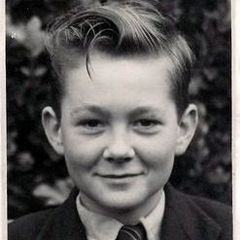
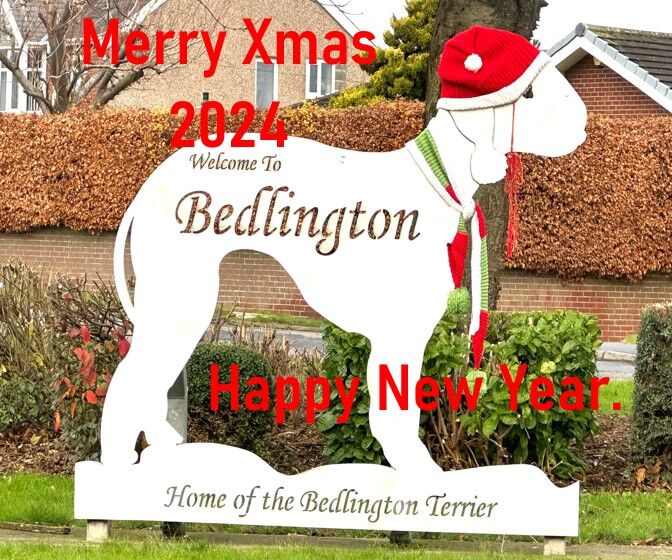


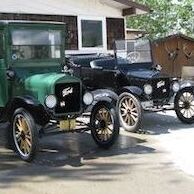

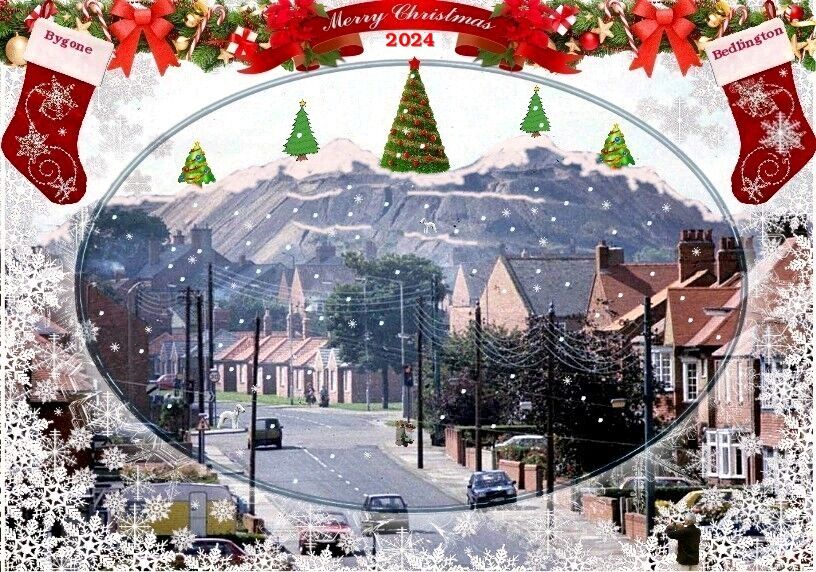
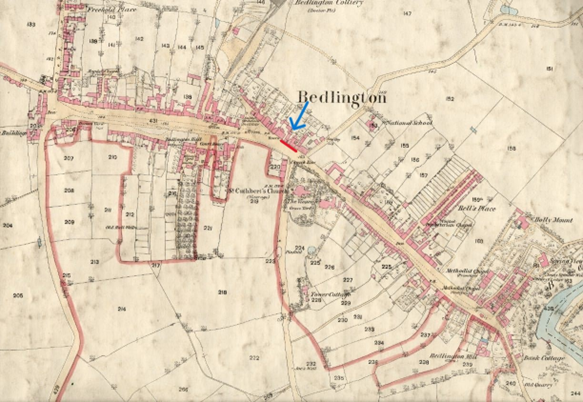

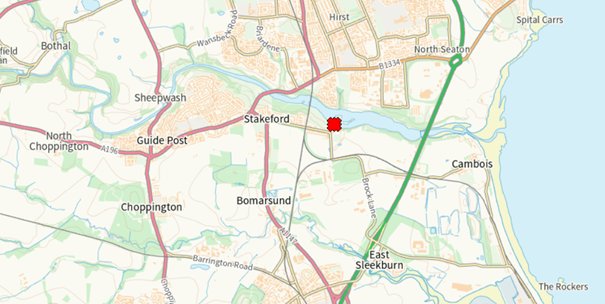
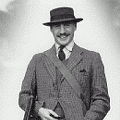
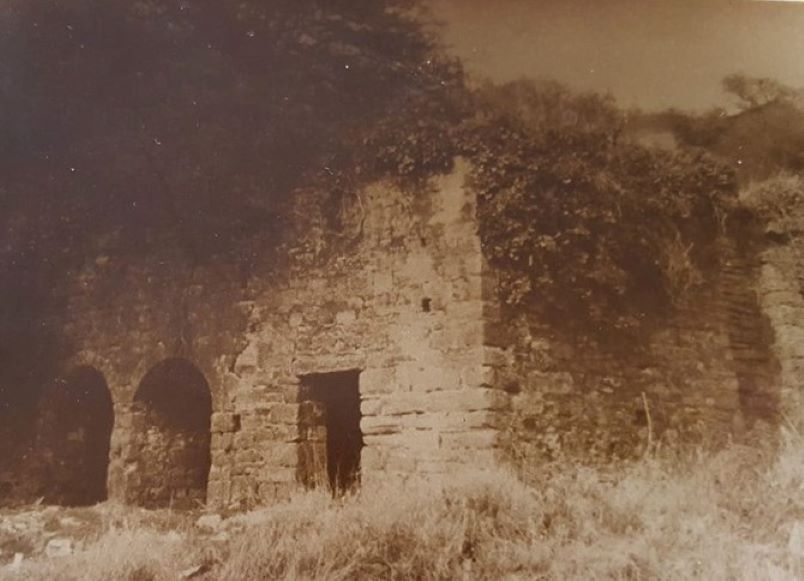
.thumb.jpg.2f21dc70164a583090c6c018b164d368.jpg)
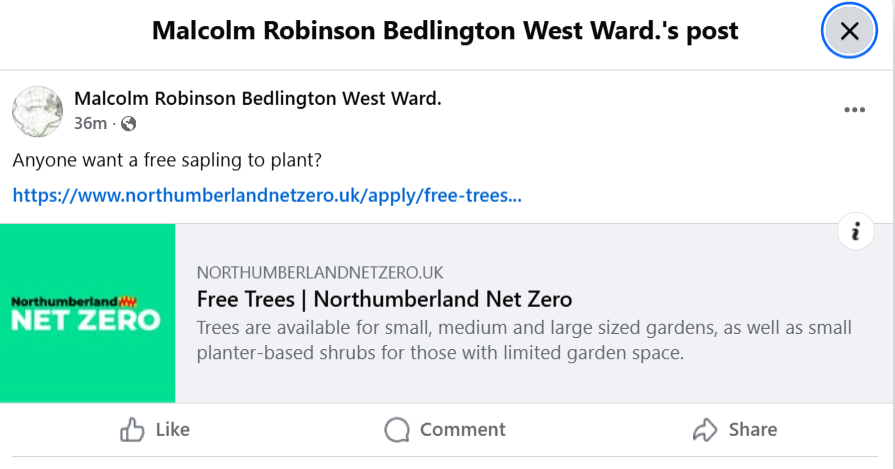
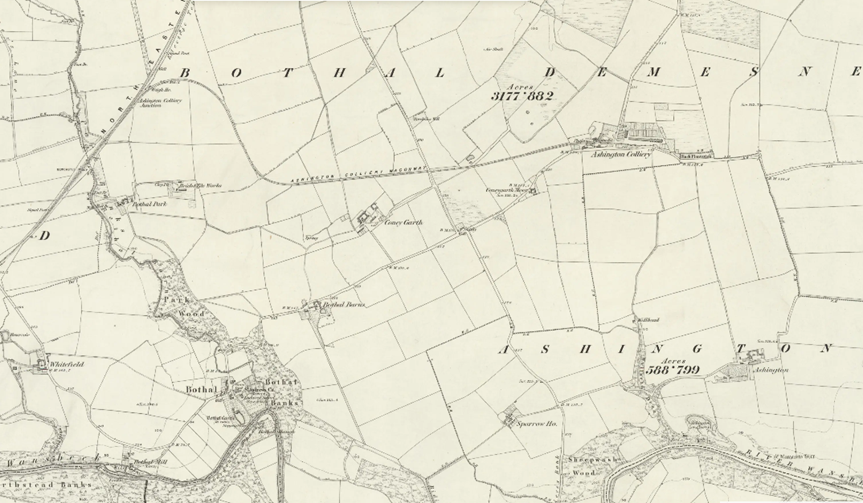
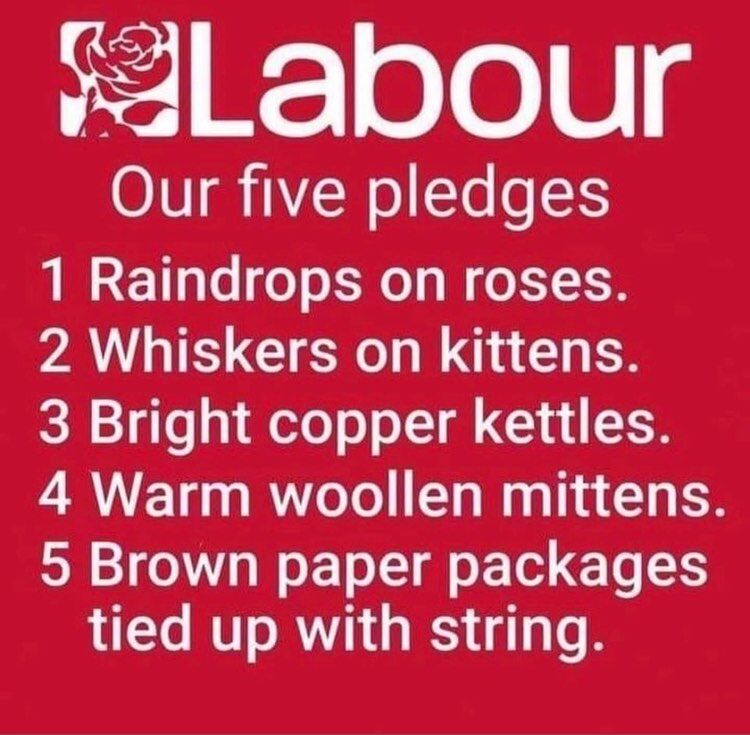
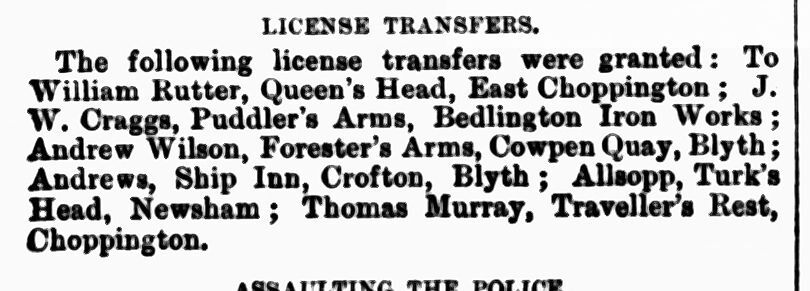

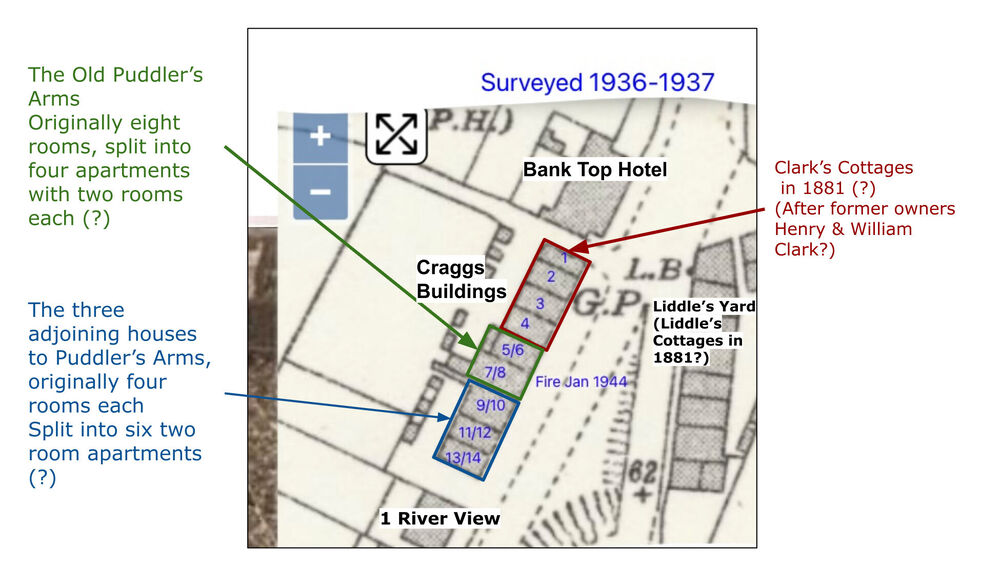
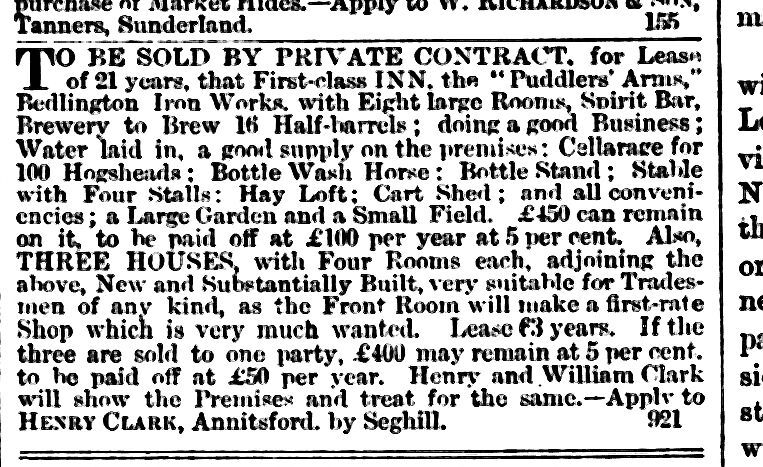
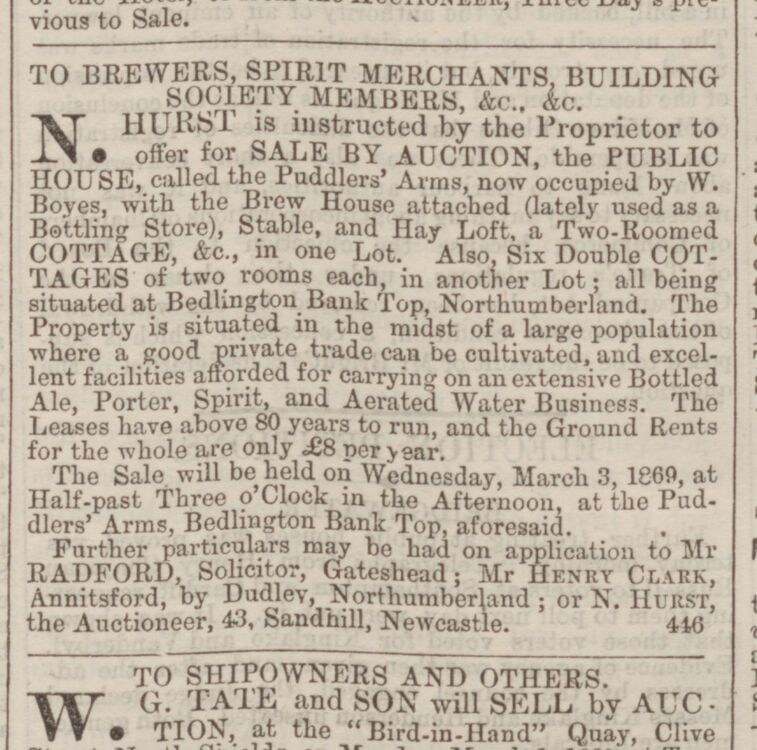
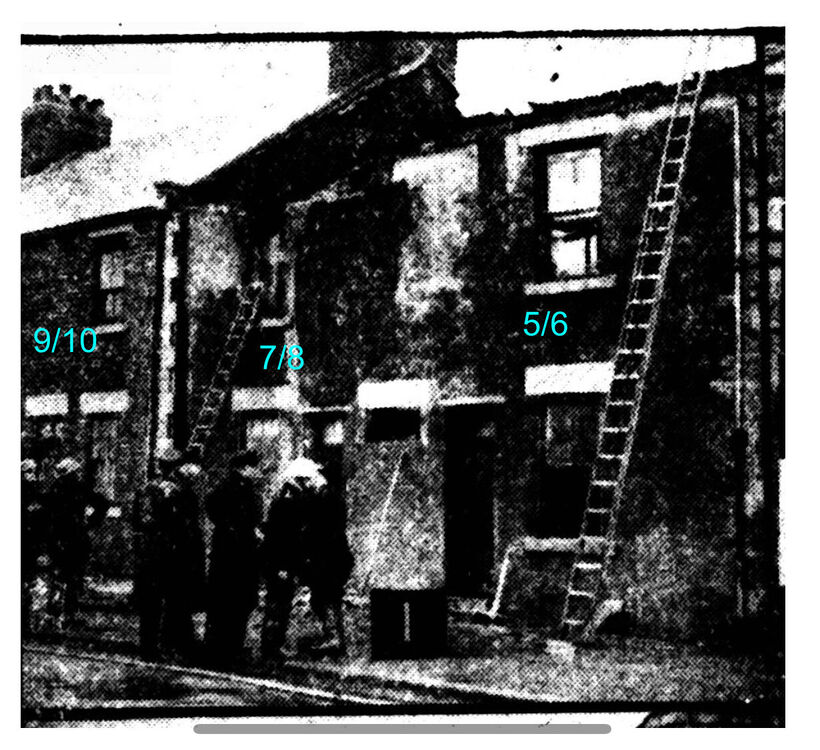
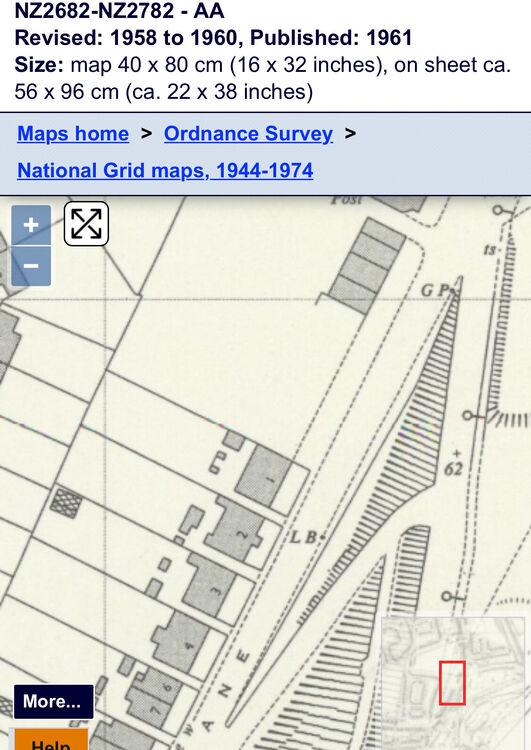
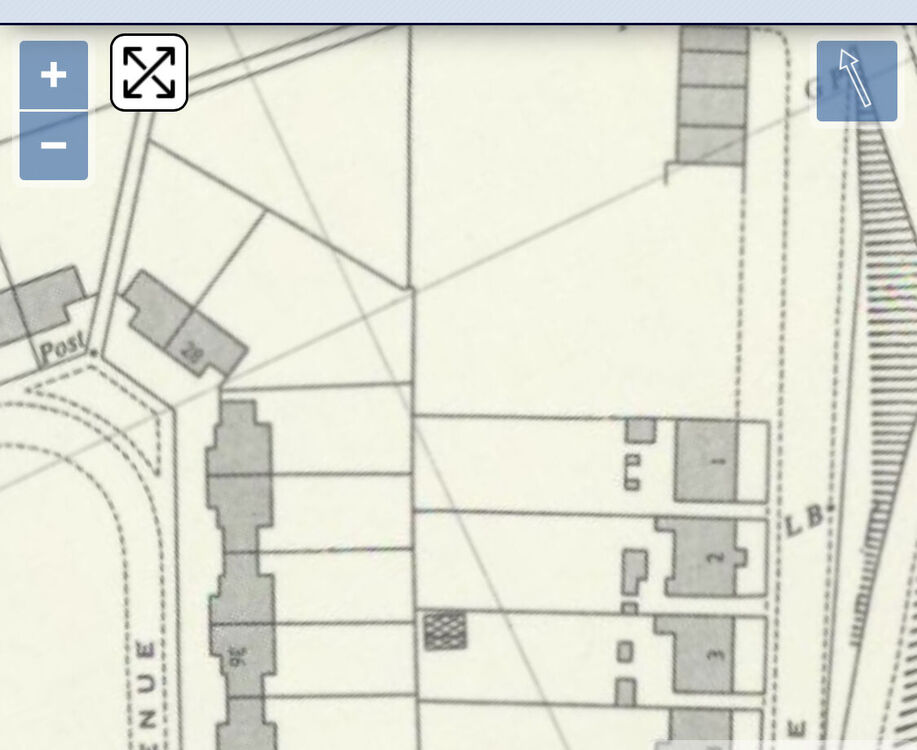
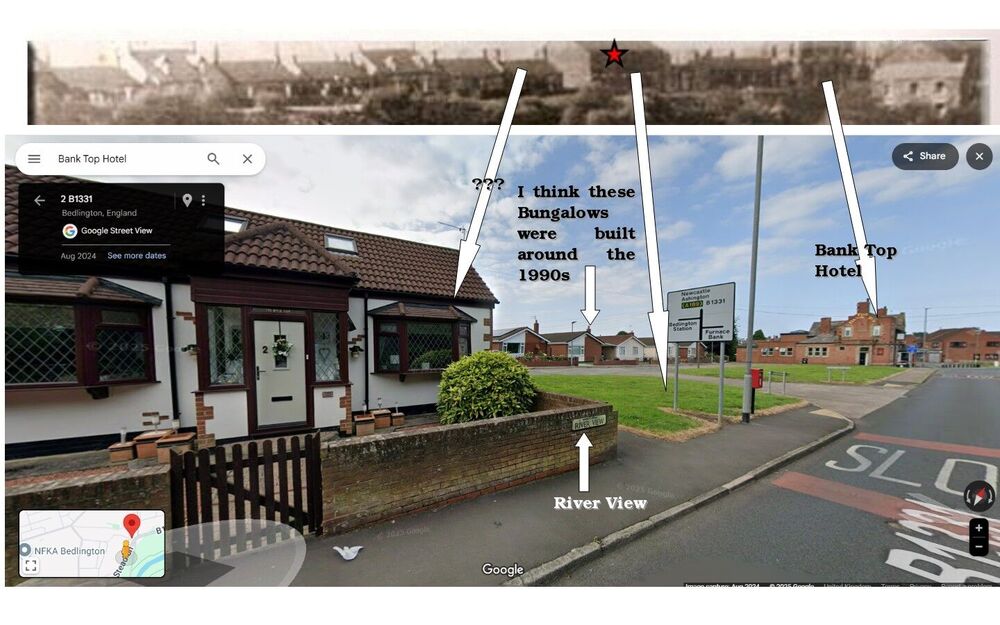
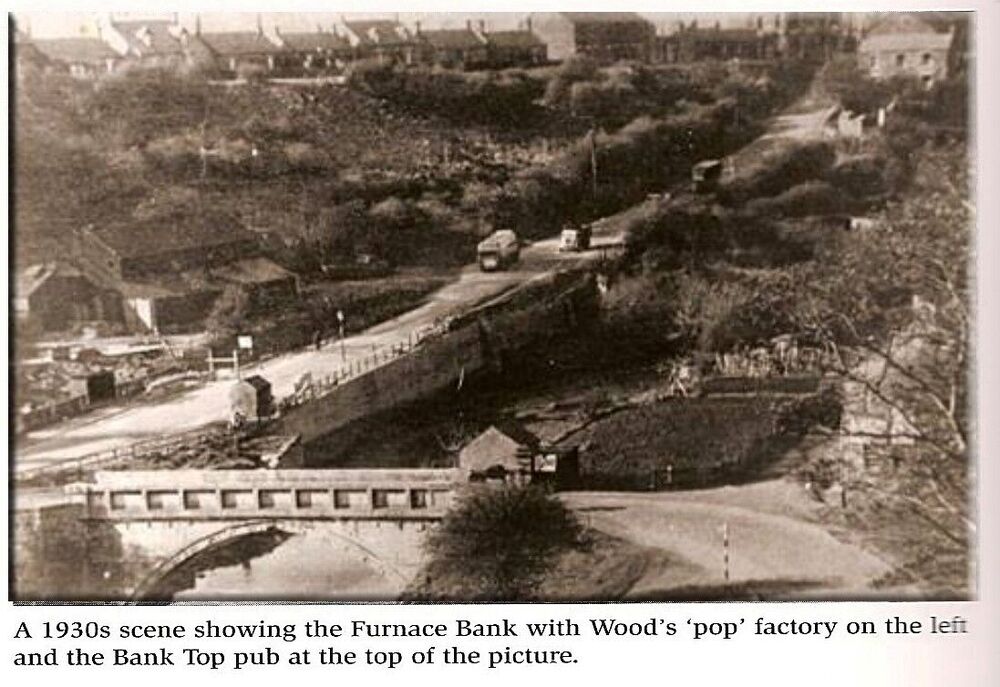
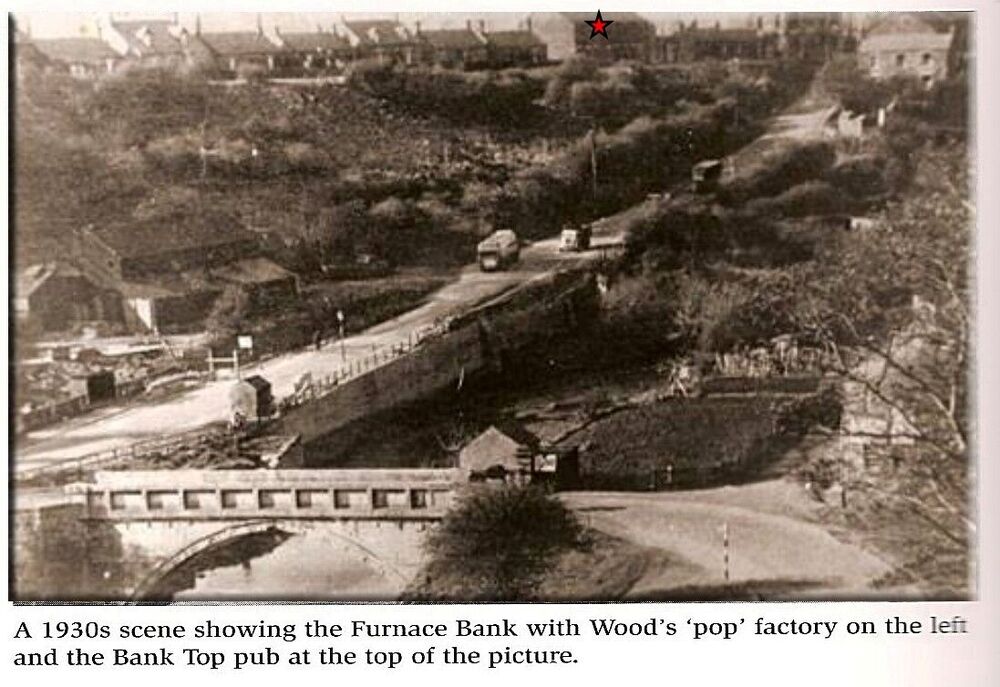
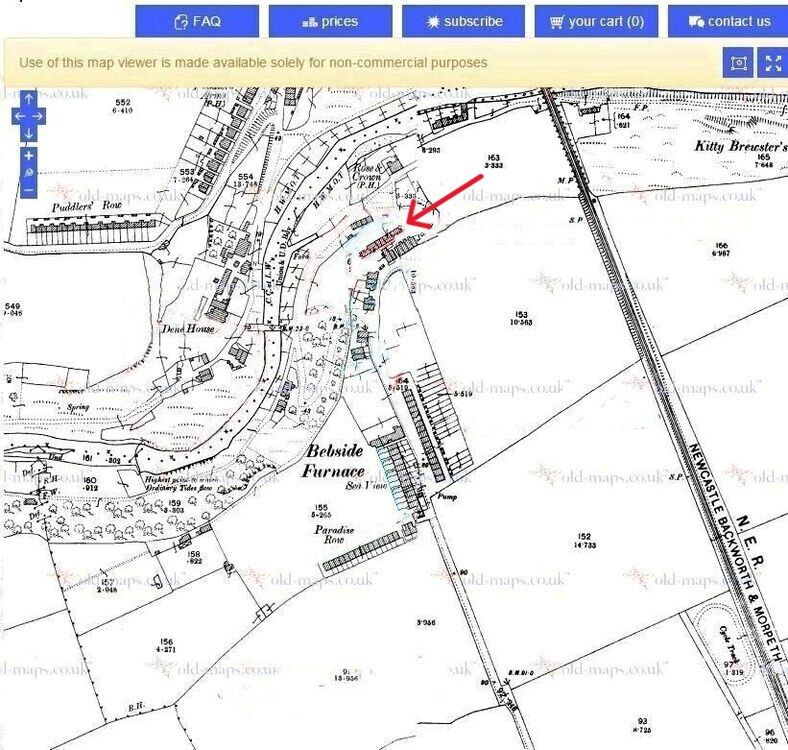
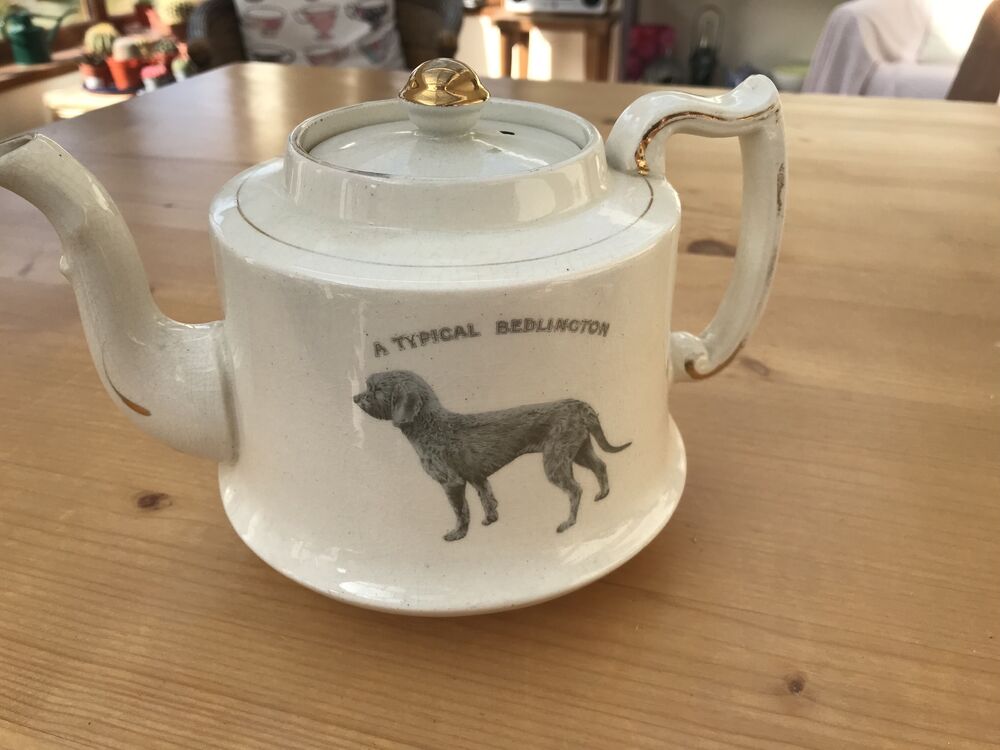
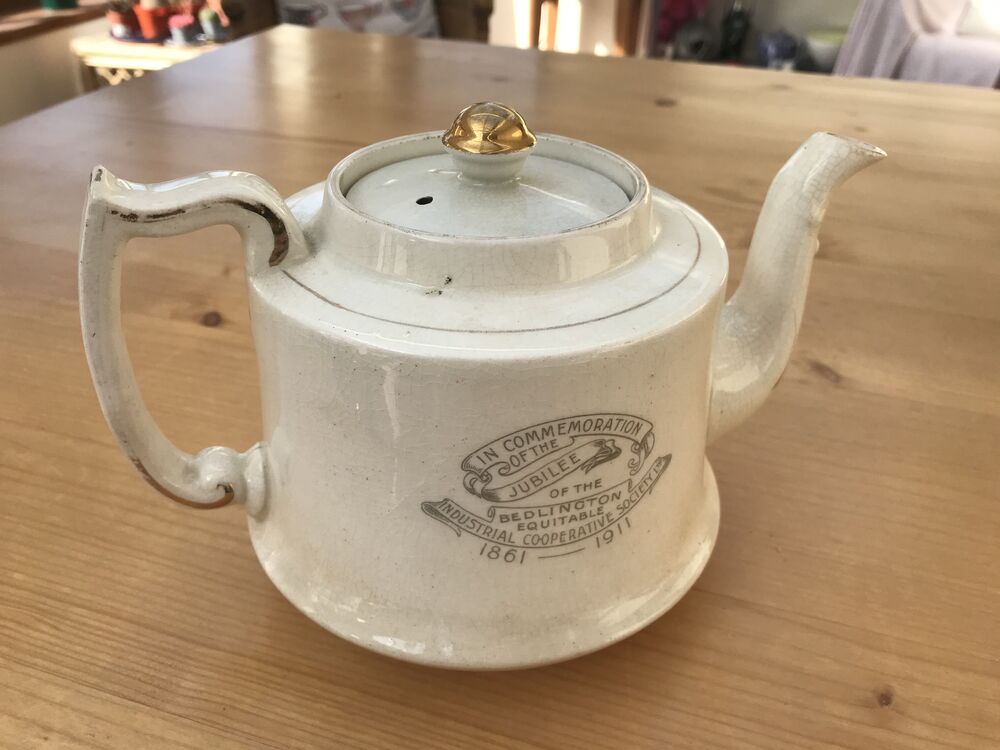
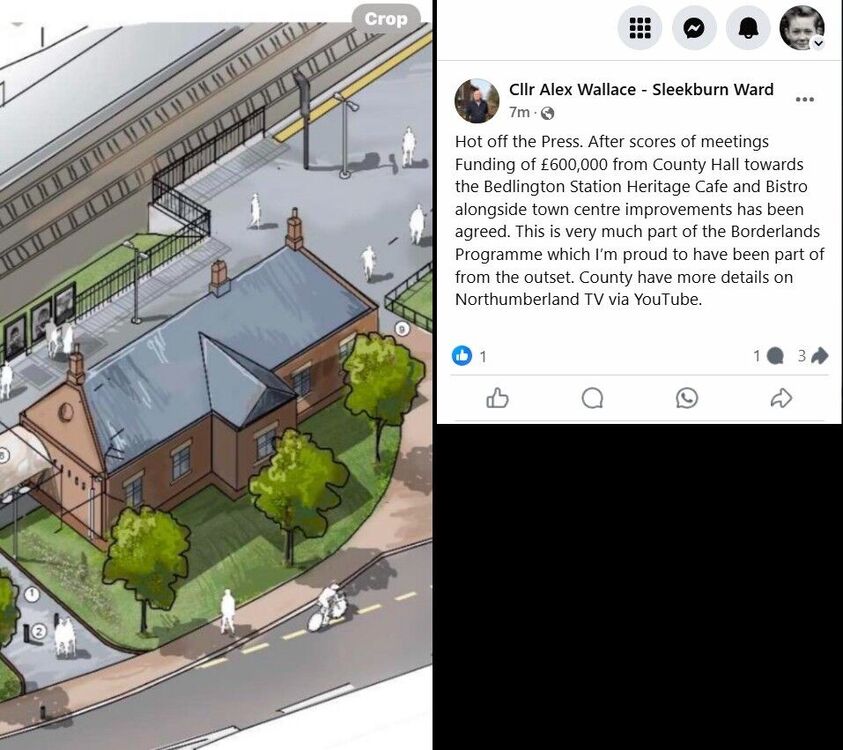
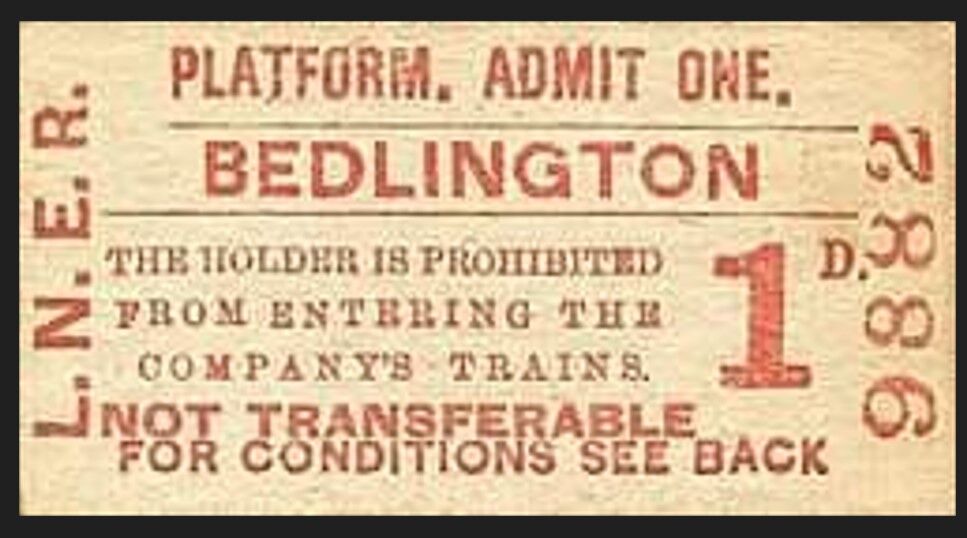
.thumb.jpg.b2109a67bd8c66ce5c985c3f9f9fdc0e.jpg)
.thumb.jpg.5f3c87572fd49e2784be478b629e84c2.jpg)
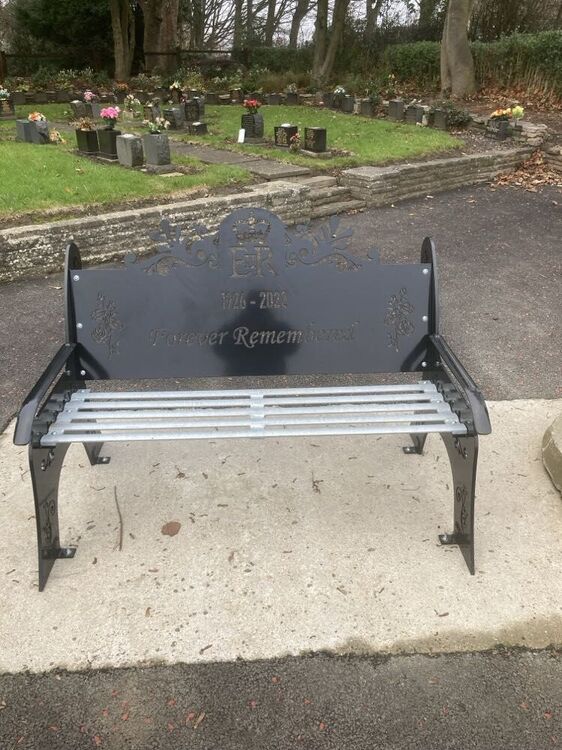
.thumb.jpg.e062f20e0b97a8772bc12bc2d9096079.jpg)
